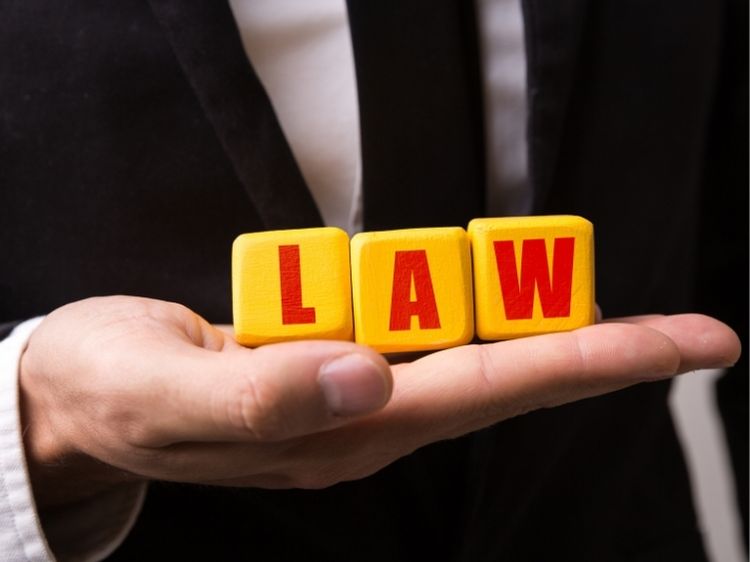Negligence in a Products Liability Action
Ever bought a product that didn’t just disappoint but caused harm? You might’ve shrugged it off, thinking, “Things happen.” But when it comes to products, “things” aren’t supposed to happen if the manufacturer did their job right. Negligence in a products liability action is a legal avenue that holds companies accountable when their products cause injury due to carelessness or oversight. This article will delve into the intricate details of negligence within the context of product liability, exploring what it means, how it’s proven, and what you can do if you find yourself on the wrong side of a defective product.
What is Negligence in a Products Liability Action?
Negligence in a products liability action refers to the failure of a manufacturer or seller to exercise reasonable care in the design, production, or sale of a product. When a company doesn’t do its due diligence, resulting in a product that causes harm, they can be held liable under the concept of negligence.
But what does “reasonable care” mean? It’s the standard of care that an ordinary person would use under similar circumstances. For companies, this means following industry standards, ensuring quality control, and testing products thoroughly before they hit the shelves.
Elements of Negligence
To succeed in a negligence claim in a products liability action, the plaintiff must prove four key elements:
- Duty of Care: The manufacturer owed a duty to provide a safe product.
- Breach of Duty: The manufacturer breached that duty by failing to meet the standard of care.
- Causation: The breach directly caused the injury.
- Damages: The plaintiff suffered actual harm or loss due to the product.
How Does Negligence Differ from Strict Liability?
You might be wondering, “Isn’t a company always responsible for its products?” Well, not exactly. Negligence and strict liability are two different beasts in the world of product liability.
In a strict liability case, the focus isn’t on the manufacturer’s behavior but on the product itself. If the product is defective, the manufacturer is liable, regardless of how much care they took in making it. On the other hand, negligence requires proving that the manufacturer didn’t act reasonably in ensuring the product’s safety.
So, while strict liability cases can be easier to prove, negligence cases require a bit more legwork. You need to show that the company was careless, not just that the product was faulty.
Common Examples of Negligence in Product Liability
Negligence in products liability can take many forms. Here are a few common examples:
- Design Flaws: If a product is designed in a way that makes it inherently dangerous, that’s negligence. Think of a car with a tendency to flip over during sharp turns.
- Manufacturing Defects: Sometimes, the design is sound, but something goes wrong during production. For example, a batch of baby cribs might have faulty locks that cause them to collapse.
- Failure to Warn: If a product has non-obvious dangers, the manufacturer must provide adequate warnings. Imagine a cleaning chemical that doesn’t warn users about harmful fumes when used in enclosed spaces.
Proving Negligence in a Products Liability Case
Proving negligence can be tricky. It’s not enough to show that you were injured by a product; you have to demonstrate that the manufacturer failed to act reasonably.
Steps to Prove Negligence:
- Establish the Duty of Care: Show that the manufacturer had a responsibility to ensure the product’s safety.
- Prove a Breach of Duty: Demonstrate how the manufacturer’s actions or inactions fell short of industry standards or common practices.
- Causation: Connect the breach directly to the injury. This often requires expert testimony.
- Quantify Damages: Provide evidence of the harm you’ve suffered, whether it’s medical bills, lost wages, or emotional distress.
Challenges in a Negligence Case
Negligence cases in product liability aren’t a walk in the park. They often involve complex evidence, expert witnesses, and a deep dive into industry standards. Manufacturers typically have robust legal defenses, arguing that they met all regulatory requirements or that the plaintiff misused the product.
One major challenge is the causation aspect. You have to prove that the injury wouldn’t have happened but for the manufacturer’s negligence. This can be difficult, especially if there are other factors at play, like the user’s actions or external conditions.
FAQs About Negligence in Product Liability
What’s the difference between negligence and breach of warranty?
Negligence focuses on the manufacturer’s failure to exercise reasonable care, while breach of warranty involves a broken promise about the product’s quality or performance.
Can I sue for negligence if I wasn’t the one who bought the product?
Yes, even if you weren’t the purchaser, you might still have a case if you were injured by the product. Courts generally recognize that manufacturers owe a duty of care to all users of their products.
How long do I have to file a negligence claim?
The statute of limitations varies by state, but it’s typically between two to four years from the date of injury. It’s crucial to act quickly to preserve your rights.
What kind of compensation can I expect?
If you win a negligence case, you might be entitled to compensation for medical expenses, lost income, pain and suffering, and in some cases, punitive damages.
Conclusion
Negligence in a products liability action isn’t just legal jargon; it’s a powerful tool that holds companies accountable for the safety of their products. By understanding how negligence works in this context, consumers can better protect their rights and seek justice when they’ve been wronged.
Whether it’s a faulty appliance, a hazardous toy, or a dangerous vehicle, knowing the ins and outs of negligence in product liability can make all the difference in pursuing a successful claim. Remember, it’s not just about getting compensated; it’s about ensuring that companies maintain the highest standards of care, so others don’t suffer the same fate.
Authoritative Links:

